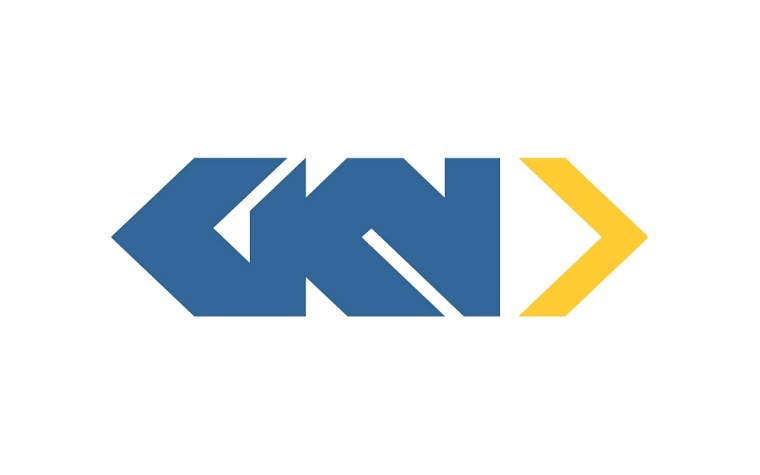About GKN

GKN Automotive’s roots in the automotive industry go back to the 1930s when GKN first started to produce military vehicles, including Spitfires and tanks used in the D-Day landings.
Scaling up technologies to achieve their full potential in mass production, GKN ePowertrain’s history shapes our strategy for intelligent all-wheel drive systems and next-generation eDrive solutions.
We are the world’s largest supplier of driveline technologies to the automotive industry. Our engineering puts driveline innovation into series production. Our systems integration expertise and software calibration capabilities make us a strong and trusted partner for electrification, all-wheel drive programs and new vehicle concepts.

(GKN took the eAxle from concept to production in 24 months. The
unit provides propulsion to the AWD i8's front wheels.)
The BMW i8 is the first production application of GKN’s new two-speed eAxle, which is used to drive the front wheels of the plug-in-hybrid sports car. The AWD i8, launched earlier this year, also uses a conventional 6-speed automatic to power the rear axle in what is known as an "axle-split" configuration.
Giving the electric motor an additional gear ratio improves acceleration and pure electric range, benefiting both driving dynamics and CO2 emissions, according to GKN. The two gear ratios—claimed to be a production-first for an electrified-vehicle driveline—also enable the motor and all its associated systems to be downsized, reducing mass and further increasing efficiency. The technology responds intelligently to deliver instant all-wheel drive, a useful pure electric range, or a parallel-hybrid mode.
Until now electric and axle-split hybrid vehicles have used single-speed transmissions, which limit electric drives in terms of either acceleration or top speed because they must disconnect at certain speeds to prevent motor overspinning. GKN claims its two-speed eAxle is the first to enable the electric drive to boost the vehicle's performance across its entire speed range.
Designing a two-speed unit for BMW's high-performance hybrid sports car application posed a packaging challenge for GKN engineers. To achieve high torque density in a package that weighs just 27 kg (60 lb) and measures less than 325 x 562 x 313 mm (12.8 x 22.1 x 12.3 in), some interesting design decisions were made.
For example, to make the system narrower, the shift mechanism sits on the input shaft instead of the intermediate shaft in the middle of the transmission. Even with the input shaft spinning at up to 11,400 rpm, GKN's software control of the eMotor and the synchro-actuation achieves a smooth gear shift in all conditions.
"Gear shifts are completely transparent to the driver," noted Theodor Gassmann, GKN Driveline Vice President, Product Technology, eDrive Systems. "The smooth electromechanically actuated shift between the synchronized ratios has enabled our eAxle to set new benchmarks for comfort and NVH. The eAxle combines superior efficiency of 97% with high gear shift comfort and low gear noise."
The eAxle's shift mechanism is a proven technology with components already in series production, providing BMW's powertrain team a robust and cost-effective solution.
By drawing on all the expertise and knowledge within GKN's global engineering network, the development team was able to take the eAxle from concept to production in 24 months, Gassmann claimed. He said going forward, the industry trend of pairing electrified powertrains with multi-speed transmissions is enabling GKN to supply downsized eAxle modules for future hybrid and electric vehicles.
